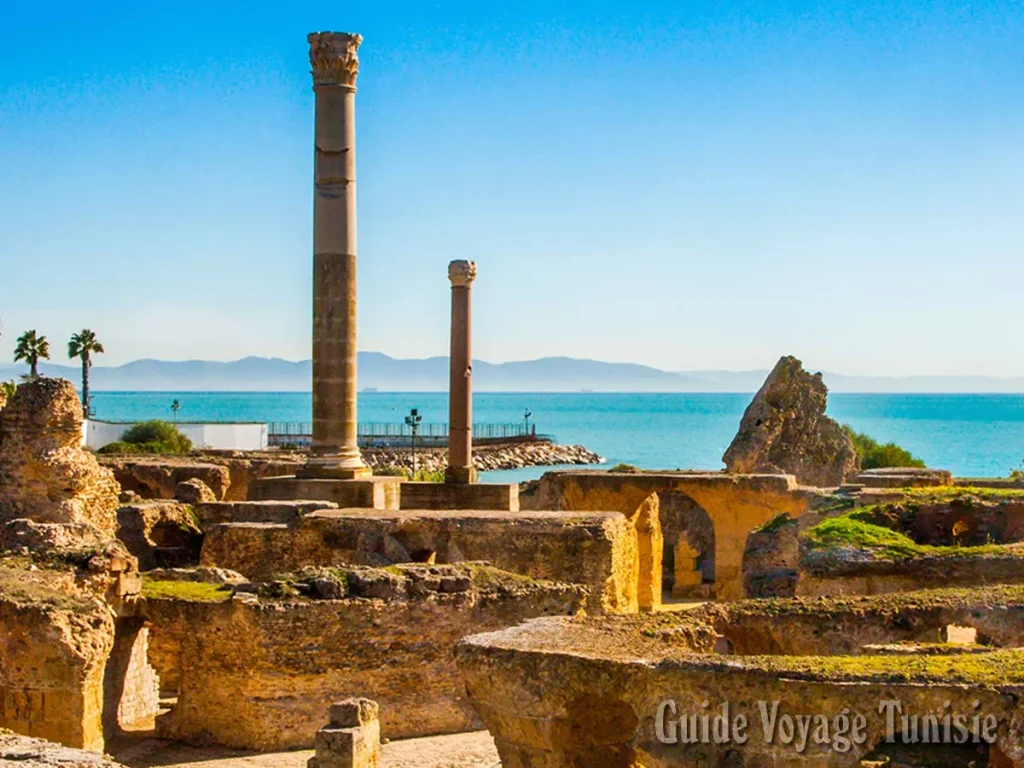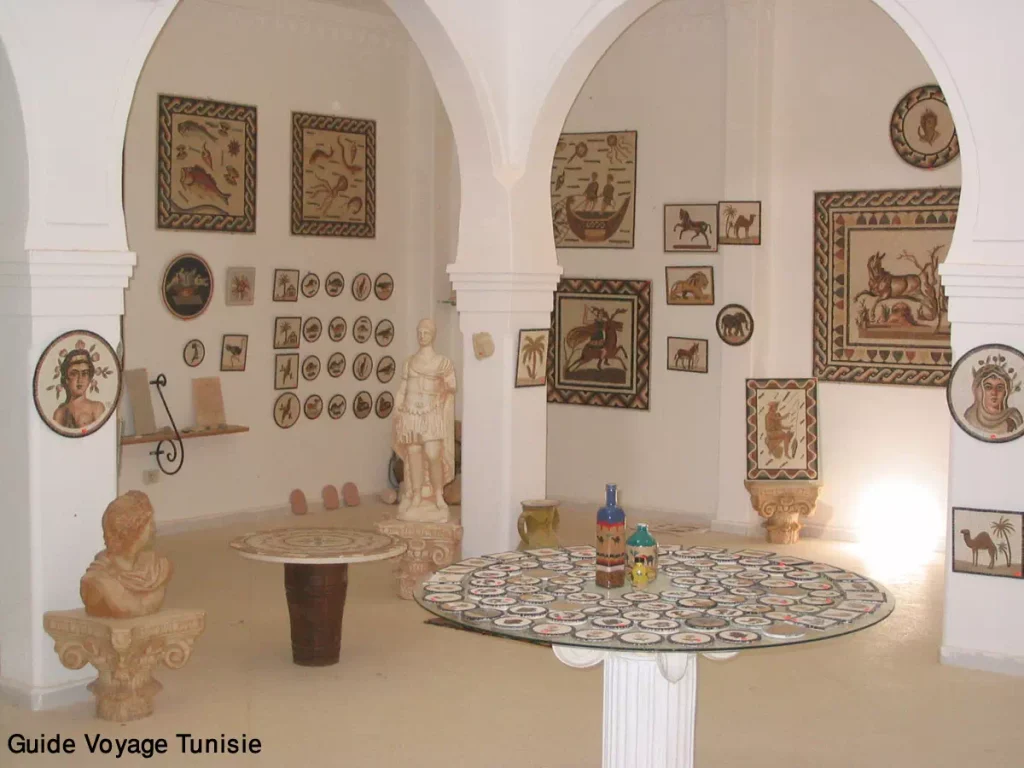Carthage archaeological site
Carthage, an ancient Punic city in Tunisia, holds immense historical value with its fascinating archaeological sites. These sites have earned Carthage a prestigious spot on the UNESCO World Heritage list.
The Rise and Fall of Carthage
Once a thriving hub of maritime and commercial activities, Carthage flourished in the 9th century BC. Its influence extended throughout Tunisia, leaving behind a legacy of military prowess.
The Romans launched their first attack on Carthage in 256 BC, igniting a series of conflicts known as the Punic Wars. After a relentless struggle, Carthage succumbed to its Roman conquerors in 146 BC, resulting in its complete destruction.
Carthage’s Resurgence and Ruins
In 29 BC, the Romans utilized the remnants of ancient Carthage to rebuild the city. Today, Carthage stands as a testament to its past greatness, with captivating ruins that beg to be explored.
The Enigmatic Byrsa Hill
Byrsa Hill, located within the ancient Punic city, offers a mesmerizing view of the ports. It is also home to the enchanting Saint-Louis Cathedral, featuring a fusion of Byzantine and Moorish architectural styles. Concerts now grace its sacred halls, attracting visitors from near and far. Byrsa Hill also houses the remains of the ancient Punic city, transporting visitors back in time.
Exploring Carthage’s Architectural Marvels
Embark on a journey through Carthage’s rich architectural heritage. Begin with a visit to the district of Roman villas on Odeon Hill, where a magnificently renovated 2nd-century theater awaits. This theater, capable of accommodating over 5,000 spectators, offers a glimpse into Carthage’s grandeur.
Though time has taken its toll, remnants of Carthage’s once-majestic Antonine Baths and amphitheater still stand, allowing visitors to appreciate their former glory. The allure of Carthage extends to the Damous Carita basilica, the circus, and the famous Odéon district.
Must-Visit Sites in Carthage
No visit to Carthage is complete without exploring the following sites:
The Antonine Baths: A sprawling complex featuring Punic ovens, tombs, mosaics, and the ruins of the largest Roman baths outside of Rome itself.
Byrsa Hill: Discover the Saint-Louis Cathedral and the Acropolium, which house a museum exhibiting numerous excavated relics. Marvel at the house of Hannibal Barca and the village of Barcides while enjoying breathtaking views of the city and coastline.
The American Cemetery: Pay tribute to the 2,841 American soldiers and servicemen buried here, a somber reminder of their sacrifices during the North African War. The cemetery’s walls bear their names, and nearby, detailed maps illustrate the African operations of that time.
The Cisterns of Malaga: Built in the 2nd century AD, these monumental cisterns were constructed to store water from the renowned Aqueduct. They consist of several vaulted and elongated tanks, spanning an impressive length of 816 meters and a width of 8 meters.
Carthage beckons explorers to embark on a mesmerizing journey through its ancient past. Experience the allure of this historical treasure trove as you uncover its architectural marvels and immerse yourself in its captivating story.
Carthage archaeological site in pictures




